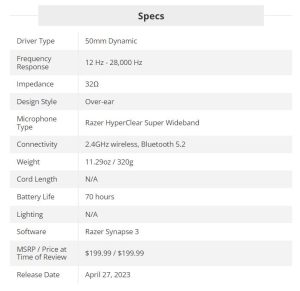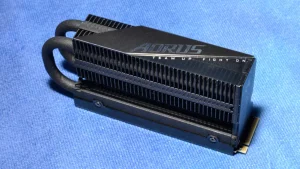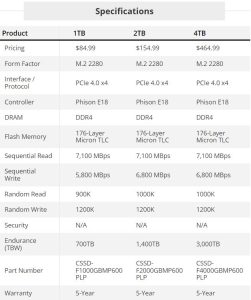The current-gen MX Master 3S is the best wireless mouse you can buy thanks to its great ergonomic design, plethora of customizable buttons, electromagnetic scroll wheel, side thumb wheel, and whopping 8,000 DPI sensor.
The MX Anywhere has always been MX Master’s little sibling with a much more compact and portable form factor, a slightly lower price, and fewer features. Logitech’s new MX Anywhere 3S fits that bill using the same scroll wheel, silent buttons, 8,000 DPI sensor, and excellent Log Options+ software as the MX Master while tipping the scales at 46 grams (0.1 pounds) less and, at $79, costing about $20 less too.
Overall, the MX Anywhere 3S delivers a great productivity experience with accurate navigation on any surface and plenty of customization options. Users with larger hands might want to use it only for travel or stick with its larger sibling.
The Logitech MX Anywhere 3S looks identical to its predecessor, the MX Anywhere 3, and comes in the same three fashionable colors: Graphite (black), Pale Gray (off white) and Rose (pink). At 65 x 34.4 x 100.5 mm, the Anywhere 3S looks like “baby’s first mouse” when placed next to the MX Master 3S’ 124.9 mm x 84.3 x 51 mm frame. It’s also just 95 grams (0.2 pounds) versus 145 grams for the Master 3S.
With its smaller dimensions, the Anywhere 3S is a good choice for people with smaller hands but, as someone with fairly large digits, I found gripping it less comfortable because I had to close my fingers so tightly. However, I got used to it after several hours. No matter what size your hands are, there’s no question that the Anywhere is a much more portable choice and one that’s more likely to fit into tight spaces such as an airline tray table.
The Logitech MX Anywhere 3S has a lot going for it, from its comfy buttons to its fantastic sensor and magnetic scroll wheel. However, its best feature might be the Logi Options + software that allows you to customize its behavior based upon the application.
As its name implies, the Anywhere 3S is small enough to go anywhere and to work on any surface. And, if you’ve got small hands, it’s a good everyday mouse to keep on your desk. However, if you’ve got larger hands, the MX Master 3S is a superior choice, offering more functionality and a better grip. If you do a lot of traveling, you might opt to get one of each mouse and just use the Anywhere 3S for mousing on the go.
[mai mult...]










